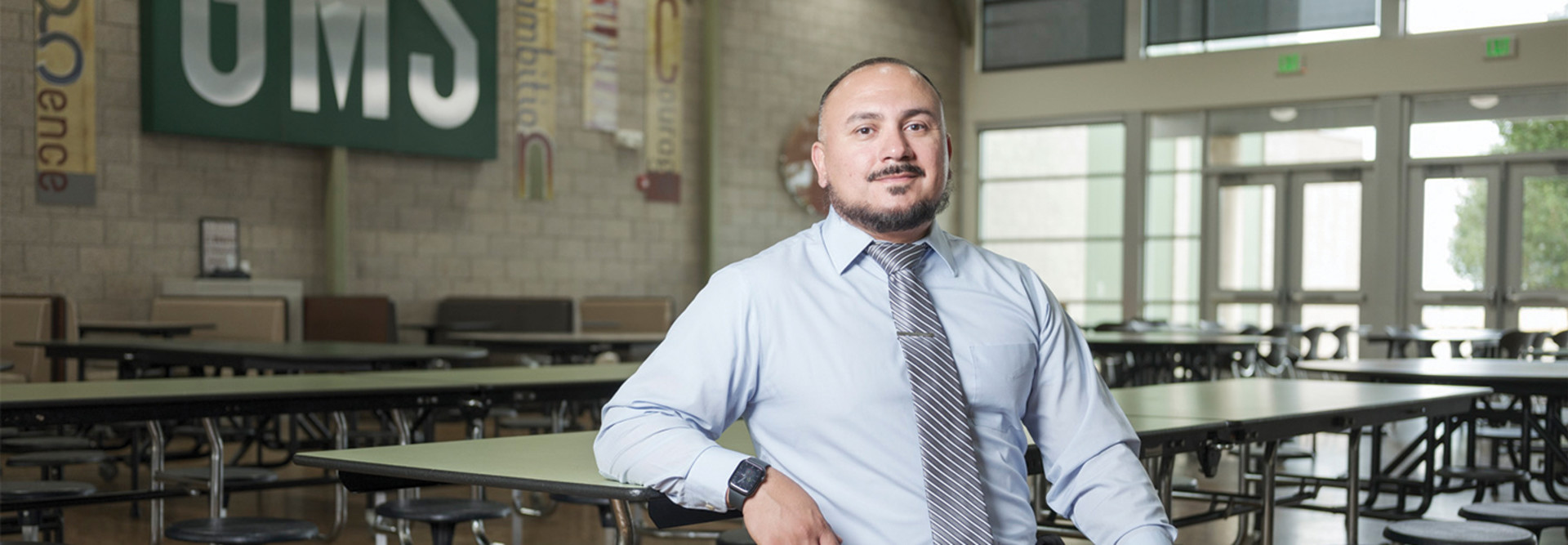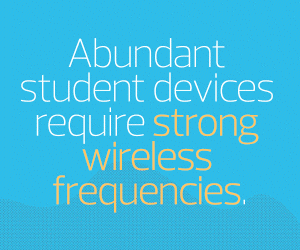Wi-Fi 6E Frees Teachers from Unreliable Connections
With the Wi-Fi upgrade, Clovis’s teachers and students now have faster and more seamless access to videos and collaboration and productivity tools, such as Google Workspace for Education, Wimbish says.
Teachers use the wireless connections to engage students with interactive apps and YouTube videos. Sometimes, students stream content or presentations from their devices to classroom projector screens.
“Students can now get on and watch an educational video without the lag or stuttering,” he says. “The Wi-Fi is a lot faster. More people can get on at the same time.”
Because Clovis, N.M., is also in a rural area, the improved Wi-Fi allowed the district to alleviate its teacher shortage by hiring about 10 full-time and 30 part-time remote teachers — who live outside the area — to teach local students.
Clovis students can see their remote teachers and their presentations through a Google Meet videoconferencing session that’s projected to classroom screens. A webcam in the classroom allows the remote teachers to see their students.
LEARN MORE: Here are three things to consider when giving school networks a makeover.
Increasing the number of wireless access points was key for remote teaching. Wimbish purchased 745 wireless APs for schools using E-rate funds. He also purchased an additional 100 APs using district funds to cover the central administrative office, the transportation facility and the student support center.
The district is taking a phased approach to bolstering bandwidth. First, during the summer of 2022, the Clovis IT staff installed new Cisco Catalyst 9300 Series and 9500 Series switches to handle the increased throughput from the new APs. Then, that September, Clovis hired a third party to upgrade the district from CAT 6 to CAT 6A cabling.
In December and into spring 2023, Wimbish and his team installed new Cisco Meraki APs. They started with the high school, then went on to the middle and elementary schools. They plan to complete the remaining two schools this summer.
In the coming years, the district will purchase new Wi-Fi 6-compatible Chromebooks for students to get the full benefits of the new standard. In the meantime, students, faculty and staff can still take advantage of improved speeds.
“We are seeing a 70 percent increase in the amount of bandwidth available,” Wimbish says.












